Curiosity recipe: three essential ingredients
People are born curious. From the first months of life, babies have a natural desire to explore the world around them—this is the most natural part of their development. Children begin to understand their environment using all their senses, absorbing new information with every cell because the brain is programmed to seek out new experiences. However, over time, many people develop a fixed mindset, believing that their abilities and knowledge are limited, and remain within their comfort zones. What can we do to ensure that the courage to explore doesn’t fade with time, but instead gets a boost in the early years of life? 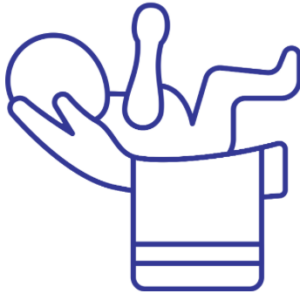
Children need time to explore
In society, time often seems to be a factor that we never have enough. We’ve created the idea in our minds that we’re always in a rush, and we pass this feeling on to our children. Especially in kindergarten settings, where we’re always in a hurry—what are we rushing for? When a child’s daily schedule is set with precise times and pre-planned activities, the child loses the opportunity to simply explore their surroundings, develop their play, be creative, and find something that truly interests them. To avoid this, the key is allowing time to flow naturally. When a child can act at their own pace, it sparks their natural curiosity. This, in turn, lays a strong foundation for the child to be confident, bold, and a critical thinker in next stages of life. 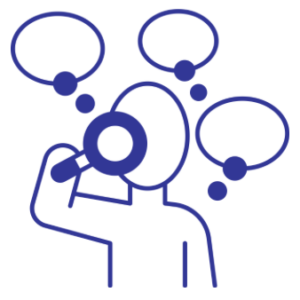
Different tools without a specific outcome
In addition to time, various exciting tools are needed to stimulate curiosity. Until recently, homes and kindergartens were full of plastic toys, but now there is an increasing shift back to natural materials and recycling. Let’s imagine that on one kindergarten shelf, there are plastic toy cars with a specific name and purpose. However, when we have different tools, such as wooden sticks, pinecones, branches, stones, fabric pieces, or corks, these can become a car one day and an insect house the next. Loose parts, or open-ended play materials, offer endless opportunities for creative 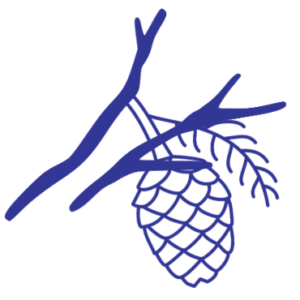 experimentation, allowing children to design and create their own environment according to their interests.
experimentation, allowing children to design and create their own environment according to their interests.
The image below shows how one drawer bed in can be turned it into a fantasy world. For example, pudding cups with dried leaves glued on them can be houses, bushes, or even roundabout centers. The children can continuously add to this, change things, rearrange, and feed their creativity. It is also important that all materials are on open shelves, at the child’s height, and accessible. This way, the child can decide and choose which exciting tools to use and enjoy the process of creation. When a child can experience everything for themselves, it stimulates independent thinking and decision-making, as well as the courage to be curious.
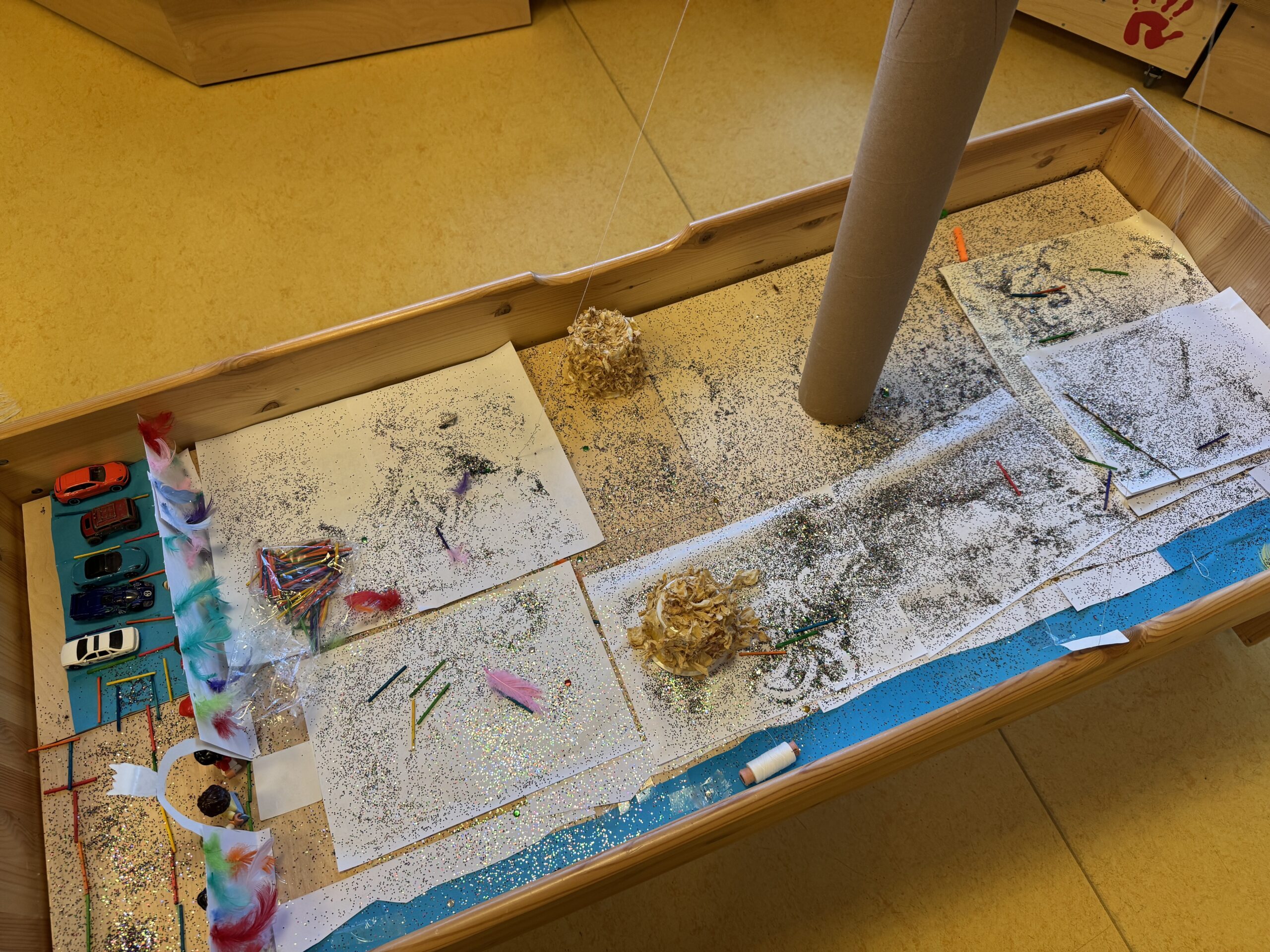
Children are the direct source of topics
If you want to know what truly interests a child and what makes their eyes light up, you need to really spend time with them. Be a part of the child’s world and simply talk with them. If you do this consistently, you will start noticing how exciting ideas and topics fall right into your lap. If you, as an adult, are also curious, ask intriguing questions, or drop an interesting fact into the conversation, the children’s curiosity sensors will awaken more and more.

One of the teachers at Väike Päike Viimsi Kindergarten shared how she brought an interesting natural sponge from her vacation by the Red Sea for the children to explore. Since they had just been talking about tropical plants and animals before, it was the perfect fit for the topic and sparked a lot of excitement in the children. They were able to touch the sponge, smell it, and listen to see if it made any sound. Along the way, it provided an opportunity to think together with the children about how such a sponge could have formed and what journey brought it to the shores of the Red Sea. Open-ended questions and stories without a fixed endpoint support a child’s analytical skills, critical thinking, and the habit of diving deeper into topics.
Curiosity creates future doers
We believe that no one wants to wake up one day and think, “When did I get stuck in my comfort zone and stop challenging myself?” In today’s world, changes are happening faster than ever before, and predicting future trends or jobs is even more difficult. 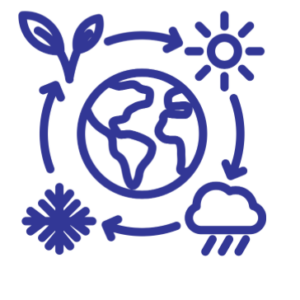 Curiosity is the catalyst for continuous development, which is why it’s important to provide young children with the opportunity to experience, discover, make mistakes, and try again at their own pace every day. This is what builds confidence and courage in children to face challenges now and in the future.
Curiosity is the catalyst for continuous development, which is why it’s important to provide young children with the opportunity to experience, discover, make mistakes, and try again at their own pace every day. This is what builds confidence and courage in children to face challenges now and in the future.
Early education creates the future!

